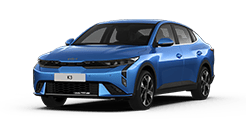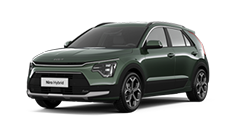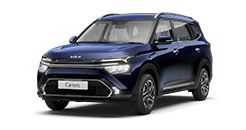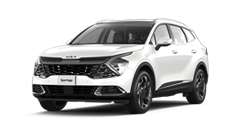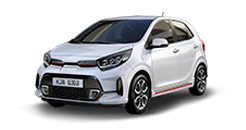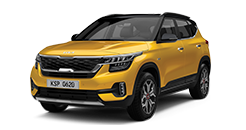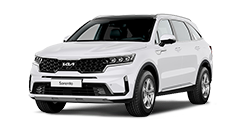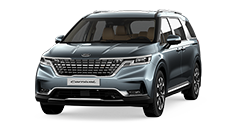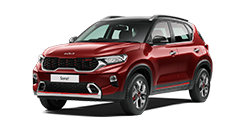open menu
- Home>
- Discover Kia>
- ASK>
- How do car engines work?
How do car engines work?
“The internal combustion engine consists of cylinders, pistons, fuel inejctors, and spark plugs. Combined, these components burn fuel and let the exhaust gas out of the cylinders. By repeating the process, it creates energy that powers the car.”
Gasoline Engine
The gasoline engine is a type of internal combustion engine. The gasoline engine has 4 basic strokes including the intake, compression, combustion, and exhaust. Gasoline gets mixed with air easily, so it can produce combustion with just a little spark. As a result, the gasoline engine has a spark plug to ignite the air and fuel mixture. Here's how the four strokes of the gasoline engine operate.
1. Intake
The intake valve opens and the air and fuel mixture is sucked into the cylinder.
2. Compression
The intake valve closes and the air and fuel mixture is compressed by a piston.
3. Combustion
In this stage, the air and fuel mixture explodes and the power created by the explosion causes the piston to move down.
4. Exhaust
The burned gases in the cylinder are removed through a valve.
Diesel Engine
The operation of a diesel engine is similar to the one of a gasoline engine, but they are slightly different in how they ignite the air and fuel mixture. In gasoline engines, the air and fuel are pre-mixed before being sucked into the cylinder. On the other hand, diesel engines use fuel injectors to spray fuel into the cylinder. As diesel engines have no spark plug, they need to have higher compression ratios to ensure that the air and fuel mixture is compressed enough to make an ignition.
Electric and Hybrid vehicle
Electric vehicles don't have an internal combustion engine, but instead, they have an electric motor, as they run on electricity. A battery pack inside the vehicle stores the electrical energy and powers the electric motor. The battery pack is charged by plugging into a charging station.
In contrast, hybrid vehicles use both an internal combustion engine and an electric motor. So, the two different systems work in harmony to power the vehicles. The batteries in hybrid cars don't need to be plugged in as its internal combustion engine charges them.
Car manufacturers use different cylinder layouts depending on their power or space needs. These three car engine cylinder layouts are the most common ones.
In-line engine
In this layout, the cylinders are designed in a row, therefore creating an in-line shape. Cars with power over 2,000cc often have six in-line cylinders.
V-8 engine
The 8 cylinders are all connected to the crankshaft in a v-shape. If they are in-line, it will be too long, so to fit into the space of a car, they are put in this way. This layout also keeps the weight evenly distributed.
Flat engine
In flat engines, the cylinders that are connected to the crankshaft are laid out in a flat manner. As the cylinders lie low, they can save height and their weight can be evenly balanced out.
Let's learn some of the essential parts of the internal combustion engine.
Cylinders
In cylinders, the fuel and air mixture is burnt and the power is generated.
Cylinder Head
It is the top part of the cylinders. It consists of valves, spark plugs, fuel injectors, etc.
Pistons
The pistons move up and down inside the cylinders. The force of the gas generated by combustion is transmitted to the crankshaft through the motion of the pistons.
Connecting Rod
The piston is connected to the crankshaft through the connecting rod. The connecting rod transmits the piston's gas force to the crankshaft.
Crankshaft
The up and down motion of the pistons converts into the rotary motion of the crankshaft via the connecting rod. As the crankshaft spins, the rotational motion turns the car's wheels.



